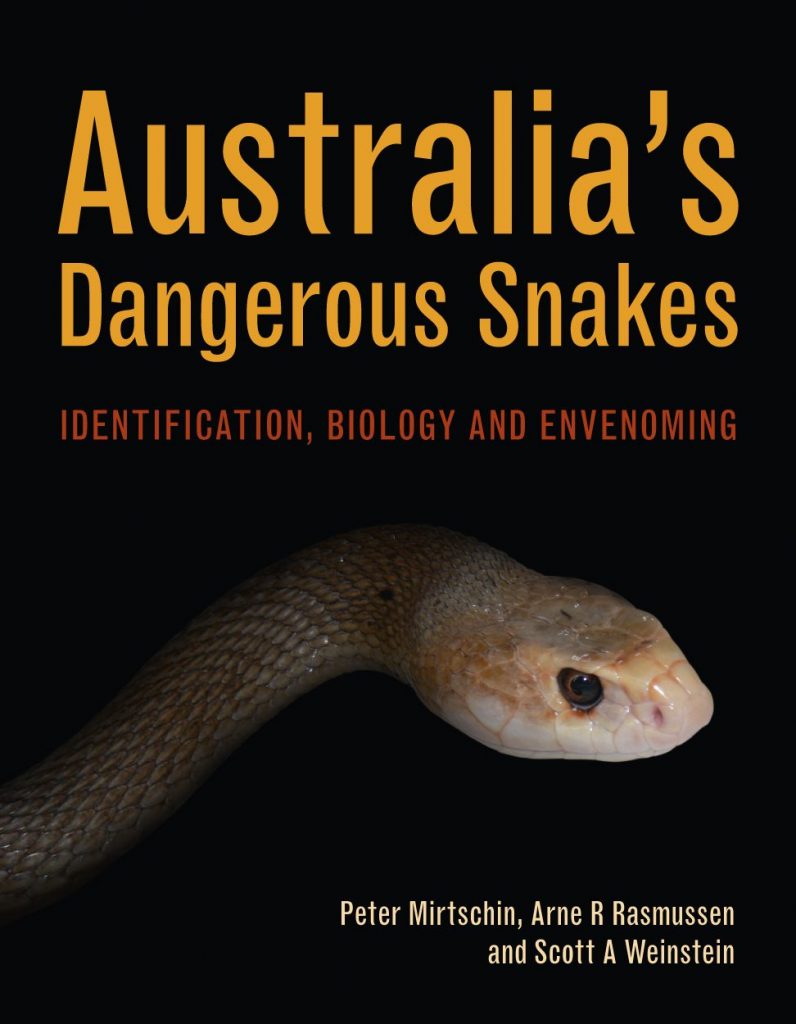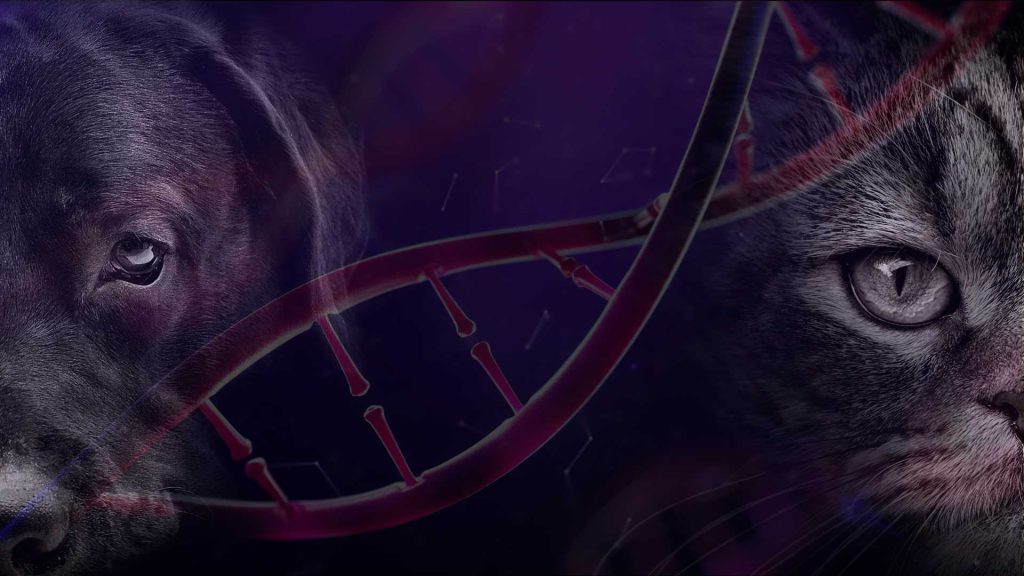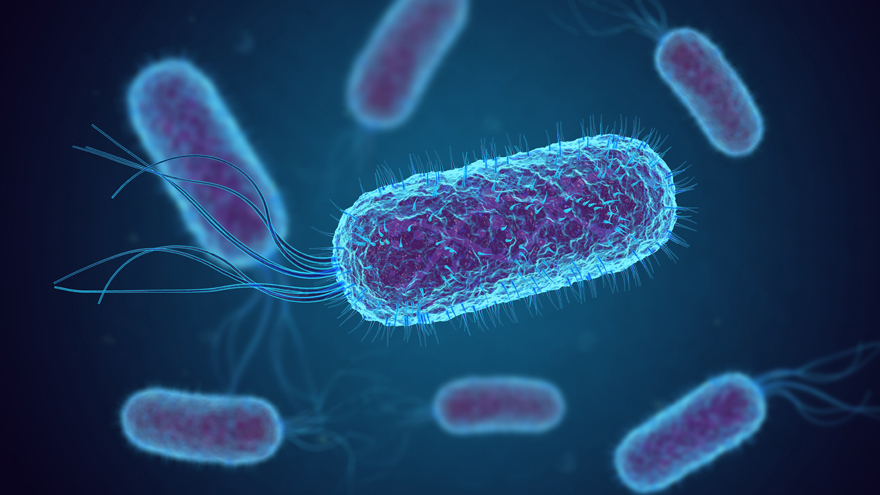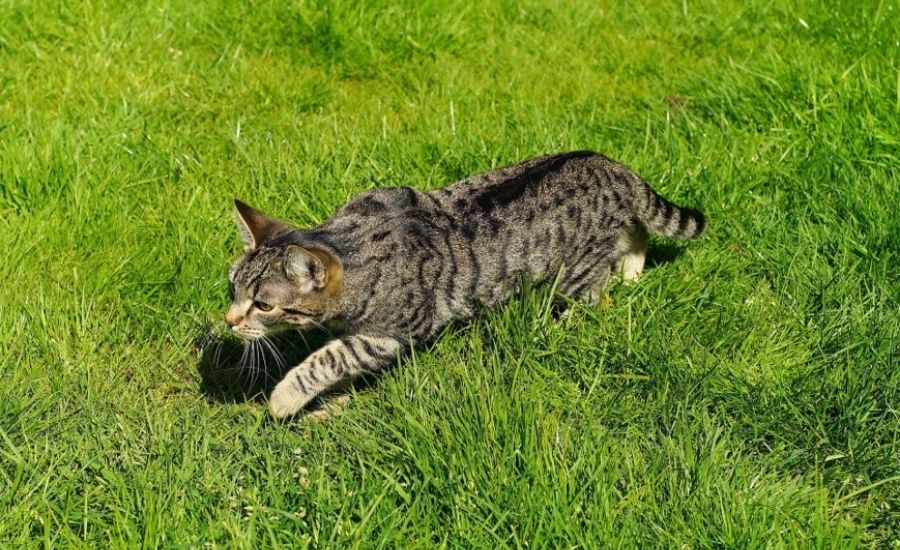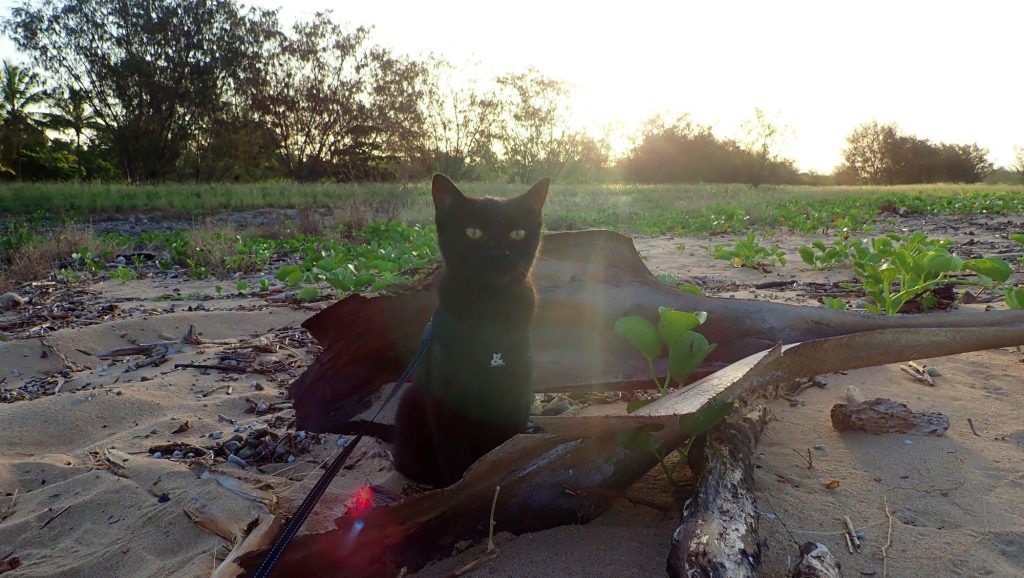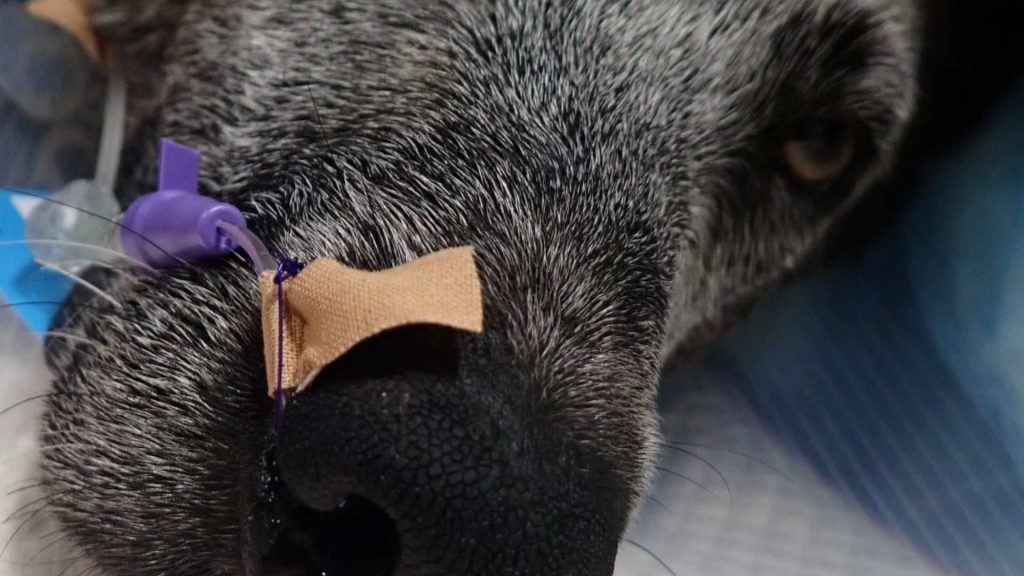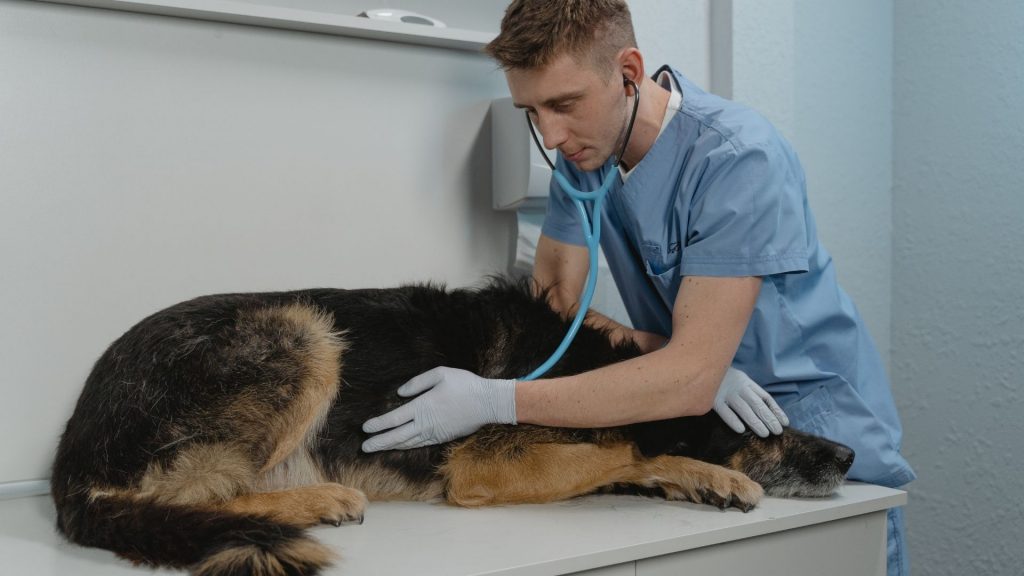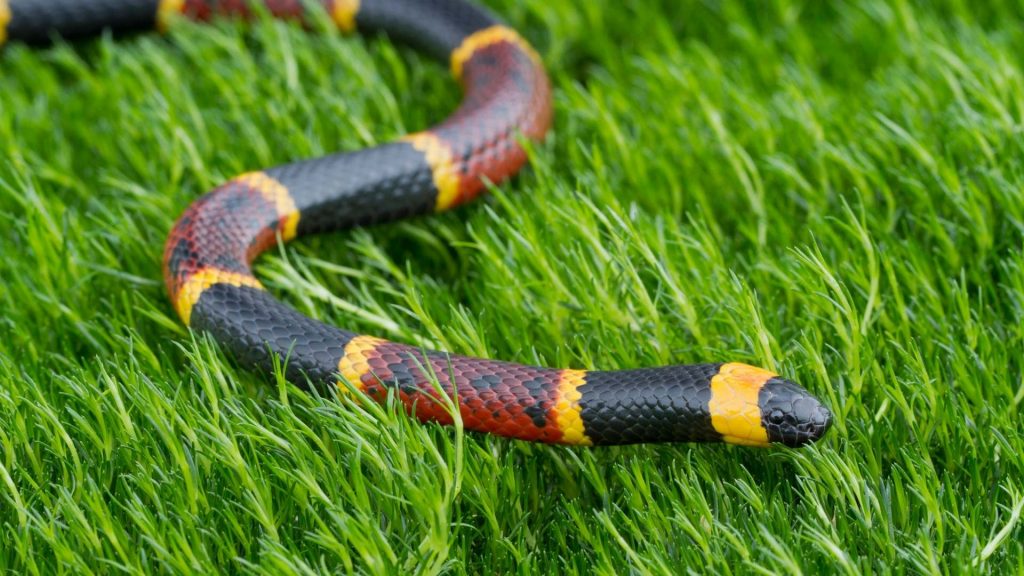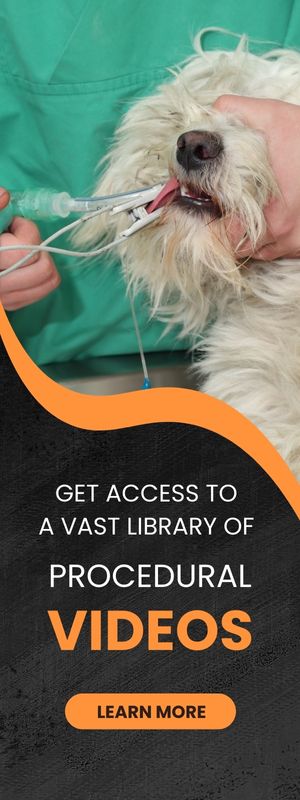Book Title: Australia’s Dangerous Snakes: Identification, Biology and Envenoming
Authors: Arne Rasmussen, Peter Mirtschin, and Scott A. Weinstein
Publisher: CSIRO Publishing
ISBN-13: 978-0643106734
Number of pages: 432
Available on: CSIRO, Amazon
Reviewed by: Dr. Philip Judge
Australian venomous snakes are widely regarded as some of the world’s most deadly, and are viewed with curiosity, fascination and, sometimes, fear. Australia’s Dangerous Snakes – Identification, Biology and Envenoming examines in some detail, the biology, natural history, venom properties and bite treatment of medically important venomous snakes in Australia and its surrounding waters.
The three authors are all well-respected researchers in the field of herpetology, snake biology and envenomation, who collectively have published over 270 peer-reviewed papers in the fields covered in this textbook.
The book begins with a broad chapter on the relative danger of snakes – which briefly discusses snake envenomation globally in humans the context of public health risk, moving on to cover the relative potency of snake venoms – both in Australia, and around the world.
This is followed by several chapters covering snake morphology and venomous snake identification, which are excellent – providing comprehensive descriptions of snake anatomy and morphology. These chapters are augmented by numerous high-quality images, tables and keys that will undoubtedly assist clinicians in snake identification should this be required to facilitate selection of appropriate antivenom to treat an envenomed patient.
There follows a further comprehensive chapter focusing on the medically important dangerous snakes, which details their appearance, habitat, conservation status and venom characteristics, which is enhanced by the inclusion of maps showing broad distribution locations within Australia. These maps are welcome, as they provide a temporal update on maps found in older references on this topic.
Following an interesting chapter on the conservation issues facing Australia’s venomous snakes, is a chapter on the production, action and uses of venoms of both Australian and exotic snakes, including collection of venoms for research purposes.
The chapter on snakebite and envenoming focuses on the incidence, prevention, first aid, and hospital management of venomous snakebite in humans, followed by a description of specific envenoming syndromes and management recommendations for the major snake groups within Australia. Included in this latter section are short paragraphs relating to snakebite literature in the veterinary field.
The book concludes with a short chapter on snakes and people, which is followed by an interesting historical chapter detailing the pioneers of venom research and antivenom production in Australia.
Australia’s Dangerous Snakes: Identification, Biology and Envenoming is true to its title – providing a comprehensive, interesting and easy-to-read account of snake identification, biology and envenoming in people in Australia. Anyone with an interest in herpetology – and Australian snakes in particular – will find this book both interesting and useful. From a clinical envenoming perspective, the information provided on snake identification, and envenomation management in humans serves as a helpful summary and guide, drawing on much of the recent peer-reviewed literature from the Australian Snakebite Project. From a veterinary perspective, the information contained on envenomation management is restricted to short outlines of published literature, and such users are directed to the few excellent recent reviews published in peer-reviewed literature. However, the information on venom characteristics and snake identification is both helpful and serves as a sound base from which to understand the physiology of snakebite.

